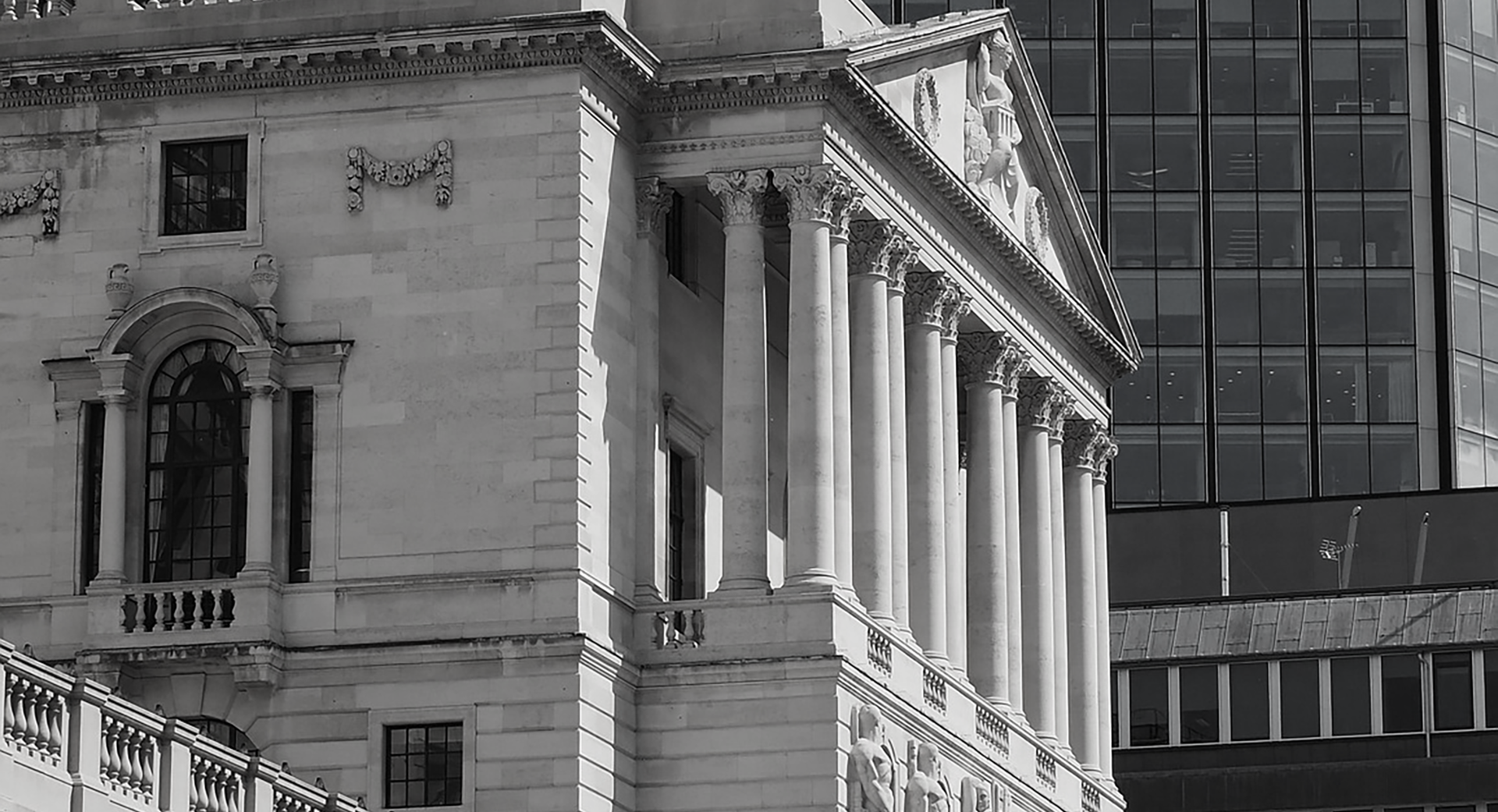The Bank Of England Base Rate Explained
The Bank of England Base Rate has been steadily moving upwards over the last 12 months affecting many residential and commercial property borrowers.
From below 0.5% in 2021 to over 5% in 2023, what exactly is the Base Rate and what influence does it have on finance and the property market?
What Is The Bank Of England Base Rate?
The Bank of England Base Rate, also known as the Bank Rate, is in place to influence interest rates across the market to keep inflation low and stable.
The Monetary Policy Committee (MPC) meets regularly to analyse current economic conditions and implement Monetary Policy action required to meet the Government’s target for inflation – which is around 2%.
This action, which results in a rise or fall in the base rate, directly affects the rates of interest offered by high-street banks and lenders.
If the base rate is low, consumers have more incentive to spend money because of both savings rates and borrowing rates being low. This increased level of spending means an increase in market ‘demand’ for products and services, and in turn suppliers/businesses will raise their prices to maximise profits, which is how inflation occurs.
Conversely, if the base rate is high, this pushes interest rates up, encouraging consumers to ‘save’ more and borrow less– especially for high-priced items like mortgages. Therefore, this encourages the consumer to spend less. This is where the balance comes in, as a small drop in spending helps curb inflation – the very reason for the increase in base rate. Raise the base rate too much and the result is a big drop in spending causing businesses to fail and the unemployment rate to rise.
Finding the delicate balance in the Base Rate ensures inflation meets its 2% target, helping to sustain growth and employment.
History Of The Base Rate
A form of the Base Rate has been in existence since as far back as 1694 when it was called the Bank Rate and sat at 6%. Since then, it has been called the Minimum Lending Rate in the early 1970s, Minimum Band 1 Dealing Rate in the 80s, Repo Rate from 1997, and back to Bank Rate in 2006. The lowest rate in history is 0.1% and the highest is 17%.
Since its official change to the Bank Rate, the figures have fluctuated from 4.75% in August 2006, to as low as 0.1% in 2020 then back up over 5% since June 2023. See the below chart detailing the rise and fall of the base rate over the last 23 years.
Bank Rate fluctuations over the last 23 years (Image source Bank of England)
Recent Base Rate
The most recent news surrounding the Bank of England Base Rate was seen today as the MPC voted for the base rate to remain at 5.25%. This came as a surprise as many experts had forecasted a 0.25% rise following the most recent inflation data published, showing the CPI rose by 6.8% (4.8% above target) in the 12 months to July 2023.
The recent base rate rises have not been well received by the public, as a higher base rate has significantly increased the cost of borrowing. With high rates of inflation still remaining and pushing up the cost of goods as a result, there are major concerns for end users on the current cost of living.
How Does The Base Rate Impact Onyx Property Development Clients?
Onyx is a self-funded lender and therefore do not borrow from the market. This means that we are not bound by the Bank of England Base rate or the Sterling Overnight Index Average (SONIA). As such inflation and increases in interest rates do not disturb our services.
See our comparison of market and self-funded lenders on our interest rates and their effect on Property Development Funding blog.
Dan Richards, CEO at Onyx says: “Regardless of market fluctuations, Onyx is dedicated to ensuring our interest rates remain fixed, we do not charge exit fees and we offer up to 100% of purchase and build costs.”
“We understand it is a tumultuous time in the property market, much of which is due to financial influences such as interest rates having a knock-on effect on the end user and securing affordable mortgages, as well as the cost of materials and housing prices. We are here to offer our support and expert advice on all concerns and provide reassurance that the market is still very much soldiering on”.
Onyx Property Finance are experts in providing financial solutions for property developers. We are dedicated to keeping on top of market trends and ensuring our customers are kept informed of any changes that might affect their borrowing, projects, and investments – see our blog for all the latest insights.
Speak to an expert today and get up to 100% of your purchase and build costs with fixed interest rates for the lifetime of your loan: info@onyxmoney.co.uk.





